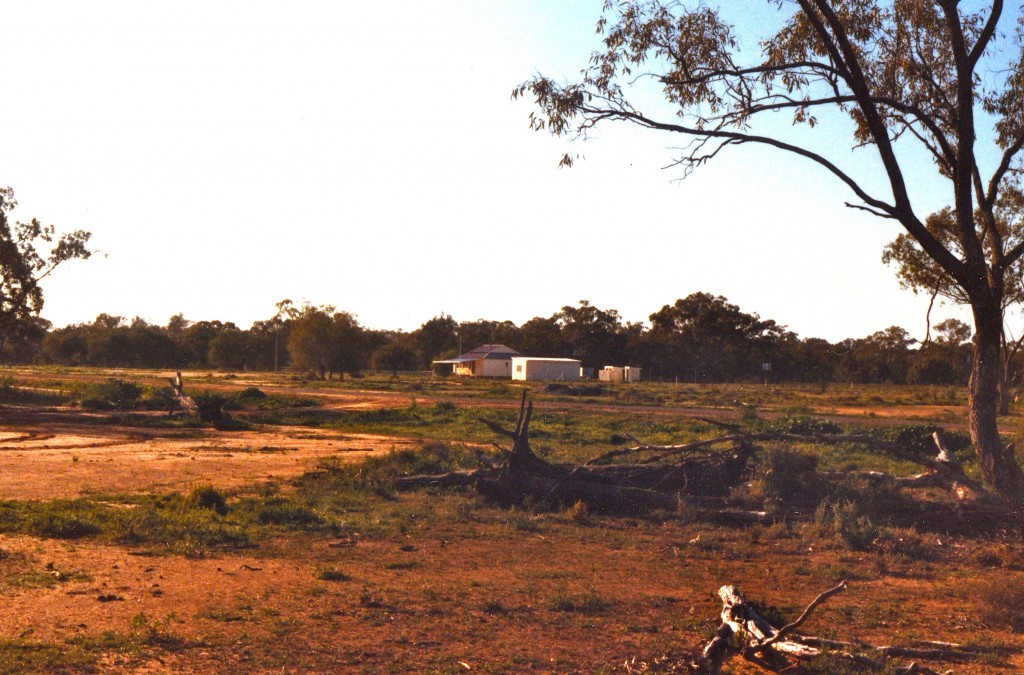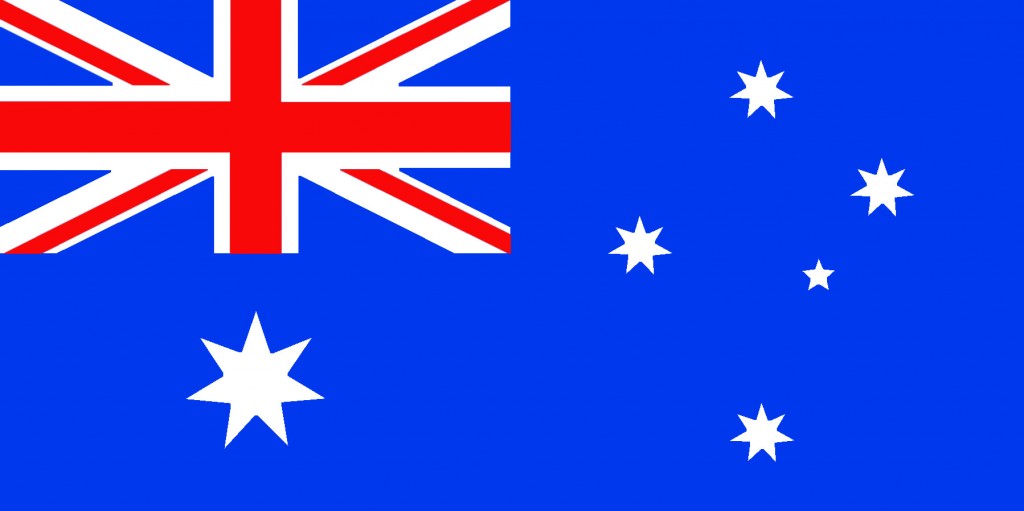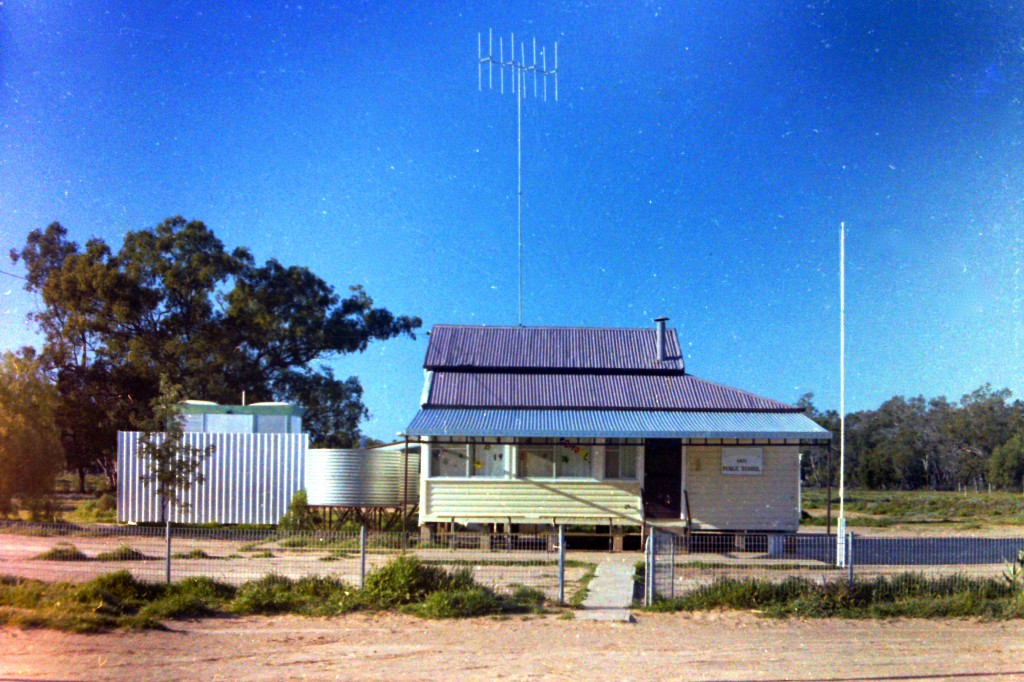Click below to see the original Our World, Our Numbers post...
Topic 6: England, Ireland, Scotland and Wales – Area & Population
Hello A Room With a View,
Your Our World, Our Numbers entry is a brilliant information packed post. When I visited Great Britain (I wasn't able to make it to Northern Ireland), I enjoyed all from the busy, history laden streets of London to driving minor and major roads across England, Scotland and Wales.
Apart from the brilliant scenery and historical locations of my ancestors, I found Great Britain very compact in comparison to Australia. Looking at your post, I found Great Britain has approximately 2.7 times Australia's population yet Australia is approx. 33.4 times larger than all of Great Britain. Our population density is quite low in comparison but it must be remembered much of Australia is arid (desert) or semi-arid so most people are found along our coastline.
This is a photo I took back in 1985 when I arranged a trip for families from my school to travel to Uluru (Ayers Rock) in central Australia. In the distance you can see Katatjuta (The Olgas) and the surrounding desert areas. I drove a 20 seater bus on a round trip from Sydney to Uluru and back, covering about 6000km (3728 miles).
Schools and students have permission to use this graphic for non-commercial, educational purposes.
Location: Looking west towards Katatjuta (The Olgas) from Uluru (Ayers Rock)
To give you an example of distances, my first school as a permanent teacher sat on a flat clay pan area surrounded by sheep and cattle properties. I stayed in a house on a property of around 100,000 acres (that's about 405 square kilometres). I would drive the 20 km (12.5 miles) to school without passing another house and only very rarely seeing another car. The closest town to the school was 100 km (62.5 miles) distant. Here is a photo of the school.
Schools and students have permission to use this graphic for non-commercial, educational purposes.
Location: Marra Creek, N.S.W.
You probably already know the national link Australia has to England. Like New Zealand and a number of other countries, we have the Union Flag at the top left hand corner of our flag but that wasn't the flag first raised when convicts arrived here from England in 1788. Below is the flag that was raised on January 26, 1788...
Schools and students have permission to use this graphic for non-commercial, educational purposes.
This is a photo of Old Sydney Town taken in 1983. It was an historical reconstruction of Sydney set around 1800. You can see the above flag flying on the flagpole.
Schools and students have permission to use this graphic for non-commercial, educational purposes.
Location: Somersby, N.S.W., Australia (closed 2003)
A check into history and I see this flag was used from 1606 to 1801 (Wikipedia link). Notice it didn't have the flag for Northern Ireland? If you look at the date when this flag was first raised, you can calculate how long ago it was. Australia only became a nation on January 1, 1901. Before that, we were a collection of British colonies. 4KM and 4KJ would have been in the colony of Victoria and I would have lived in the colony of New South Wales. The Union Flag shows our link to our colonial past.
Australia's Flag Today
Schools and students have permission to use this video clip for non-commercial, educational purposes.
Schools and students have permission to use this graphic for non-commercial, educational purposes.
I've added an additional photo of my first school as a permanent teacher so Mrs Monaghan & "A Room with a View" can see how small it was. There was one classroom and a small office inside. At that time, it was considered the sixth most isolated school in the state of New South Wales. The top five were all in small isolated towns so this school looked more isolated. There was only one teacher for the children ranging from 5 to 12. I had up to 20 students from surrounding sheep and cattle properties who would arrive in two mini-buses from up to 50 km (about 30 miles) distance. I have many good memories from my time there. 🙂
Schools and students have permission to use this graphic for non-commercial, educational purposes.
Location: Marra Creek, N.S.W.







Mrs Monaghan
Hi Mr Manell,
What an interesting and fact filled post, it gave us so much to think about.
First of all we discussed distance: what was the furthest we had driven in a car, and what did it feel like – Will has grandparents near Inverness, and it takes hours to get there! It’s around 300 miles. Louis drove to the south coast when they went to France last year. That took ‘all day’ and was ‘dull’! If you drive from the most southerly point in England (Land’s End) to the most northerly point in Scotland (John O’Groats) it is still not quite 1,000 miles. So we found it VERY hard to imagine the length and difficulty of your amazing road trip.
Next we were wowed by the isolation of your first job. Although our area is sparsely populated, there are still plenty of people and lots of traffic. I guess we just don’t know what sparsely populated really is! We wondered where all the students at your school came from if there were so few houses and people. How many children were at the school? How many teachers?
We knew just a little about the colonisation of Australia, but again it was a rich discussion so thank you for sparking so many different trains of thought and deviations from our curriculum!
From
Mrs Monaghan & A Room with a View
rossmannell
Post authorHello Mrs Monaghan & A Room with a View,
There is no doubt driving around Australia involves far greater distance than in the United Kingdom. It comes from Australia’s status as the world’s largest island and smallest continent. Any land mass larger is a continent and anything smaller is an island.
Our Highway 1 is a road used for travelling all around Australia. If you were to drive its length, you would end up travelling around 14,500km or 9000 miles. It’s a trip I haven’t yet taken although I have travelled somewhere between one third and a half. Here is a link with information…
http://en.wikipedia.org/wiki/Highway_1_%28Australia%29
Hard to drive the distance? Many Australian’s don’t think too much about driving large distances because there is a need. The closest city to my town is Canberra, Australia’s capital city. It takes us three hours to drive the approximate 240km (150 miles). Canberra is also our closest railway station. We are half way along the coast between Sydney and Melbourne. It takes about six hours to drive to either.
My first full time teaching job in my state of New South Wales was rated as the sixth most isolated school in the state at that time. The top five were further from Sydney but were in small isolated towns.
Children attending the school lived on surrounding sheep and cattle stations (properties). They arrive in two small mini-buses from as far away as 50km (about 30 miles).
I had up to 20 students in the two years I was there. They were all in the one room. Can you imagine a class with students from 5 to 12? I was the only teacher. For part of the time I was also the school cleaner and maintenance person when we didn’t have anyone available. It helped to be an independent worker.
If you look at the post again I have added a new school photo at the end so you can see a closer view of the small school.
Ross Mannell
Roadrunners- Mrs. Todd
Mrs. Monaghan, A Room with a View and Mr. Mannell,
Both of you have interesting information. It’s hard to think of the sparse area of Australia when you live within site of homes, stores, hospitals, and roads/highways within a short distance. Your schools are so small compared to ours. We have 40 classroom teachers, 804 students and many other staff. There are 30 elementary schools (k-5) in our school system (UCPS) in Monroe, NC. There are horses, goats, chickens and cows near our school so it is near a small city (Monroe) , the larger city of Charlotte is about 20 miles away and yet there are farms around.
rossmannell
Post authorHello Mrs. Todd and Roadrunners,
I agree it can be hard to understand the distances involved when in sparsely populated areas. I had moved from Sydney to take up the position in the isolated school.
There were six small schools in my cluster spread over about 15,000 square kilometres (5,800 square miles). They served sheep and cattle properties and, for all but my school, children in their small towns. It was quite a culture shock when transferred from that small school to a Sydney school of over 800 students.
My final school before retirement has around 450 students. It works with twelve other primary schools and two high schools in what is known as the Sapphire Coast Learning Community. The largest school (a high school) has around 1500 students while the smallest have perhaps 50 students. The 15 schools are spread over an area of around 3,200 square kilometres (1,200 square miles).
Your school would rate as one of the largest if it were in my state of New South Wales whereas my first school was one of the smallest in my state. What I find most satisfying these days is even the smallest schools can now be connected to the world. What great opportunities to share. 🙂
Ross Mannell